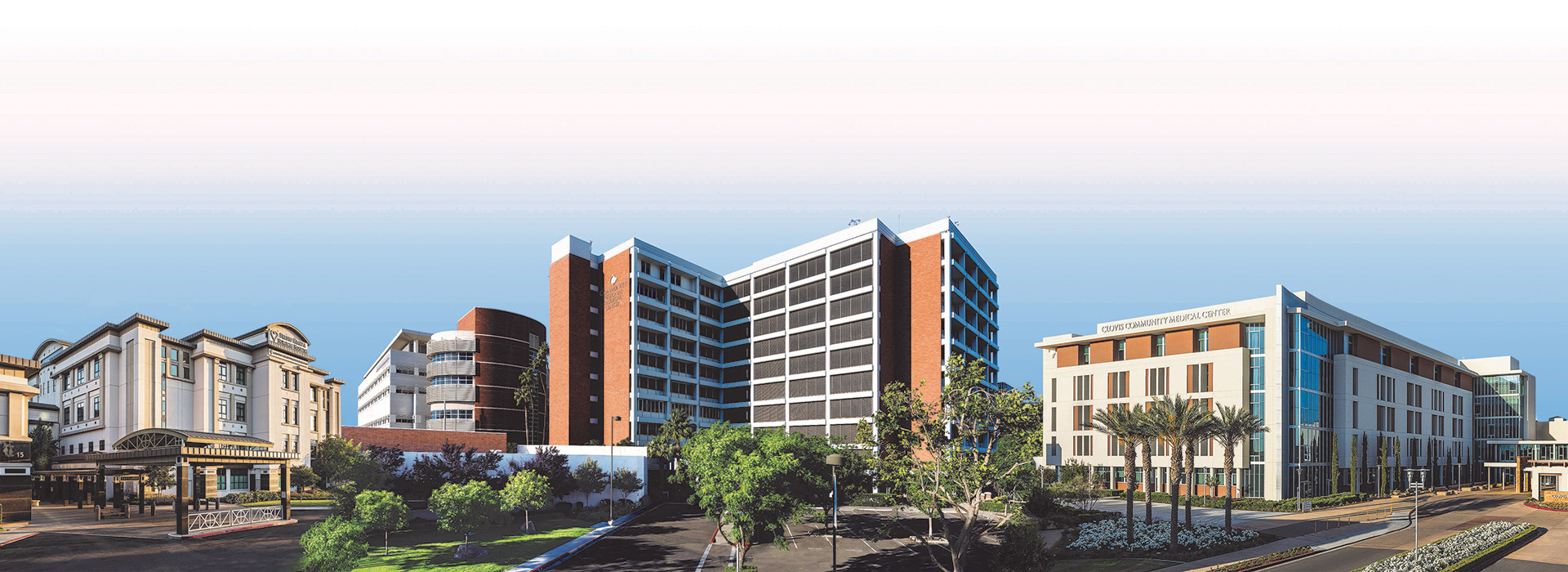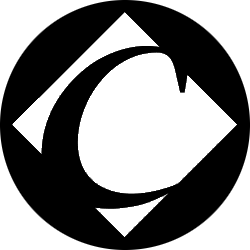Scoliosis is a sideways curvature of the spine – a C or S shaped curve. It can appear at any age, but usually starts during the growth spurt just before puberty. According to the American Academy of Orthopaedic Surgeons, scoliosis occurs ten times more often in women than it does in men and it can be genetic.
Doctors who treat scoliosis say early diagnosis and treatment are key to slowing and stopping spinal curvature. While scoliosis can’t be prevented, many forms that affect children and teens can be treated and stopped or slowed from progressing further.
What are signs and symptoms of scoliosis?
Your child’s doctor generally tests for this during an annual exam. During the exam, the doctor may have your child bend forward from the waist, with arms hanging loosely, to see if one side of the rib cage is more prominent than the other.
Other signs and symptoms may include the following, but an X-ray is needed to confirm the diagnosis:
-
Uneven shoulders
-
One shoulder blade that’s higher than the other
-
Uneven waist
-
One hip higher than the other
What causes scoliosis?
Most scoliosis can’t be pinned to a definite cause, but a few types develop because of a neurological or muscular disease such as Cerebral Palsy or Muscular Dystrophy. There are actually seven different kinds of scoliosis, classified by when the curvature in the spine appears and what causes it:
-
Congenital Scoliosis describes spinal abnormalities that form in the womb during fetal development when bones are partially formed or may be missing.
-
Early Onset Scoliosis happens before age 10 when the spine is still growing rapidly and it can lead to malformed ribs that impact the lungs. Early treatment is crucial with this type of scoliosis.
-
Adolescent Idiopathic Scoliosis is the most common. It’s a spinal curvature that develops between age 10 and 18 and has no obvious cause. One theory is that hormonal imbalances may lead to uneven growth on different sides of the body. Again, early treatment is key.
-
Degenerative Scoliosis, also known as adult or late onset Scoliosis is characterized by a sideways curve that develops slowly. It’s usually attributed to aging that causes the joints and discs of the spine to degenerate unevenly. This can be one of the most painful types of scoliosis. And it’s estimated more than half of older adults have some degree of this uneven spinal deterioration.
-
Neuromuscular Scoliosis develops as a result of other spinal cord, brain or muscular illnesses. The curve in the spine is caused when nerves and muscles are unable to maintain proper alignment. These types of scoliosis often progress quickly and often rob patients of the ability to stand or walk.
-
Scheuermann’s Kyphosis is a type of scoliosis that causes a forward rounding of the spine and unlike other types, mostly affects the cervical and thoracic spine instead of the lower spine. It causes back pain and muscle fatigue and stiffness.
-
Syndromic Scoliosis develops in relation to various connective tissue and other syndromes like Rett’s or Beale’s syndrome or muscular dystrophy. Often it appears early in childhood development.
What is the treatment for scoliosis?
A treatment plan depends on a few factors such as gender, severity, location of the curve, bone maturity, and what type of scoliosis it is. There are guidelines for mild, moderate and severe curves.
Mild cases: Regular checkups are needed to monitor the curve.
Moderate cases: Wearing a brace can help prevent the curve from getting worse. They have to be worn day and night and can be discontinued once the bones stop growing. Some specialists offer alternative therapies such as intensive physical therapy exercises, yoga and electrical stimulation to help improve spine curvature.
Severe cases: Scoliosis surgery is suggested to prevent the curve from getting worse. The most common type of surgery is called spinal fusion.



.jpg)


